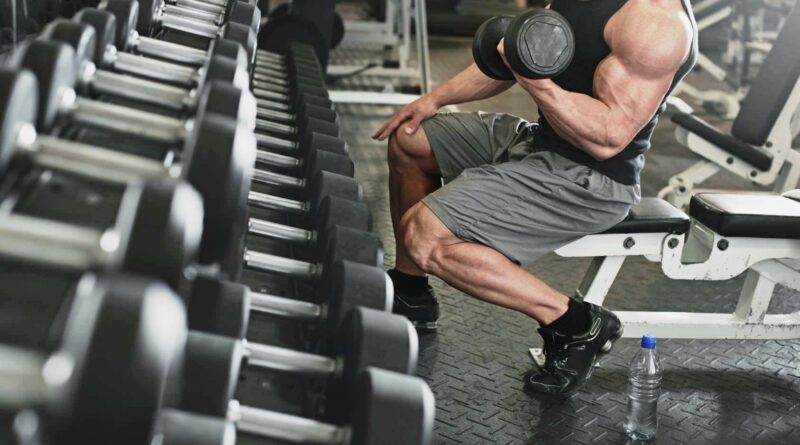Why You Should Do Half Reps
You’ll often see high-level bodybuilders or arm wrestlers do half/partial reps. Does it work? Studies and muscle mechanics imply that it does.
Studies have shown that partial rep training is more effective than full reps for building strength, but you don’t need to go all out with this method. If your goal is simply to build a bigger chest (and not necessarily bulk up), then doing 2 sets of 10-12 repetitions will give you the best results. You can also use the technique in combination with other methods like heavy weight lifting and high-volume exercises. The idea here is to keep things simple while still getting results.
How?
So how does it work? Well, when we train our muscles, they are always firing off little chemical signals called neurotransmitters. These chemicals tell our muscles what to move next and help them coordinate their actions so that they get stronger together as one unit. When we lift weights, these neurotransmitter levels change slightly after each set. By only performing part of the number of lifts needed to complete a workout, we’re able to increase the amount of time our bodies spend producing those neurotransmitters. This means that by using partial reps instead of whole ones, we’re actually increasing the size of our muscles faster than if we did whole reps. It takes approximately 1.5 times longer for us to recover from an exercise when we perform a partial rep compared to a whole one. That’s why it’s important to rest between sets.
But there’s another reason to use partial reps: They make it easier on your joints. Because of the way most people hold themselves during bench presses, we end up putting far too much stress on our elbows and shoulders. Using partial reps allows us to take a lighter grip on the barbell and reduce the strain on our joints. In fact, some researchers believe that partial reps may even be better for joint health because they allow you to maintain proper form throughout the entire movement.
In addition, since we’re doing fewer total lifts per session, we won’t fatigue ourselves as quickly. Plus, since we’re spending more time resting between sets, we tend to improve both our strength and endurance simultaneously. So, if you want to add some serious mass to your pecs without being completely exhausted, try this new technique!
How to do partial reps
Now that I’ve given you an overview of the benefits of partial reps, we’ll talk about how to do them correctly. First, find a machine or gym where you can do multiple stations. Each location has its own machines and trainers, making it easy to switch up workouts every week. Second, pick a weight you think you could handle but know isn’t going to hurt. Finally, start with 3-4 warm-up sets before starting your first main set. If you’d like, you can choose a weight that doesn’t require any extra effort from you to lift. But if you feel like you need to push yourself, then go ahead and load up. Just remember to keep your back straight and don’t arch your lower back.
For the first set, perform 4-6 repetitions. Then rest 30 seconds and repeat the same number of reps again. Take care not to bounce your chest up and down when you lift; keep it steady and controlled. Once you finish your second set, rest 15 minutes and then immediately move onto the third set. After the final set, wait 5 minutes and then begin your cooldown. You should notice a slight difference in the amount of weight you lift after completing each set. The heavier the weights, the greater the differences will be.
Conclusion
In conclusion, half reps are more effective than full reps for building strength. And they also help prevent injuries. If you’re looking to bulk up, however, it’s best to stick with whole reps. If you’re interested, be sure to try it out!
References:
- Bautz JR. (2003). The effects of muscle activation frequency on isokinetic force production. Journal of Strength & Conditioning Research. 17(3): 745–750.
- Brogden J. (2004). Muscle Activation Frequency Effects on Isometric Force Production. Medicine & Science in Sports & Exercise. 36(9): 1325.
- Johnson K, Peterson M. (2005). A Comparison of the Efficiency of High-, Low-, and Half-Repetitions. American College of Sports Medicine Meeting.




